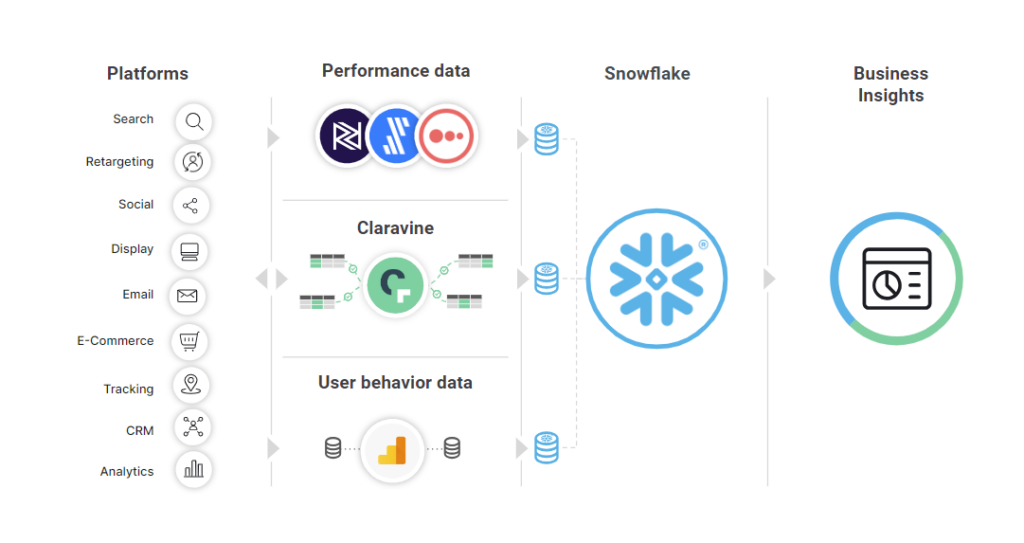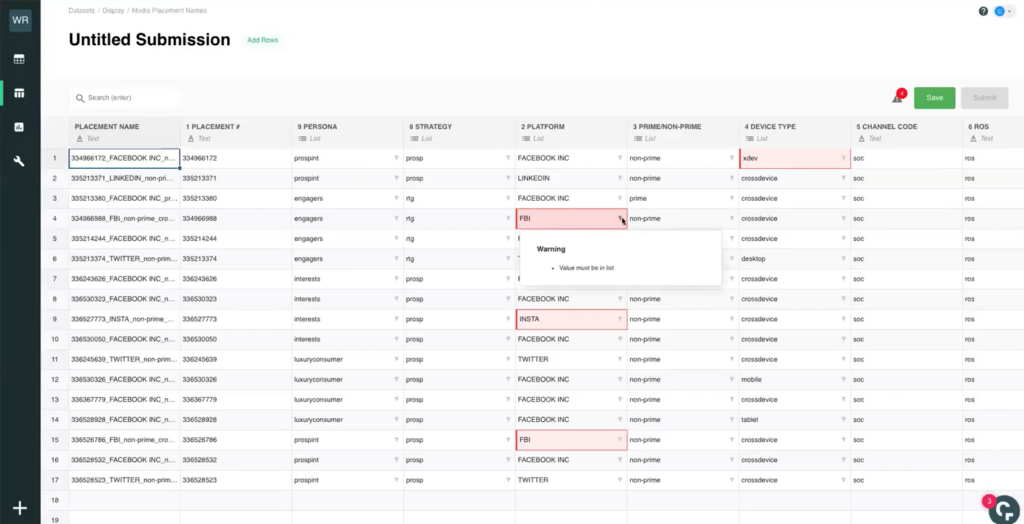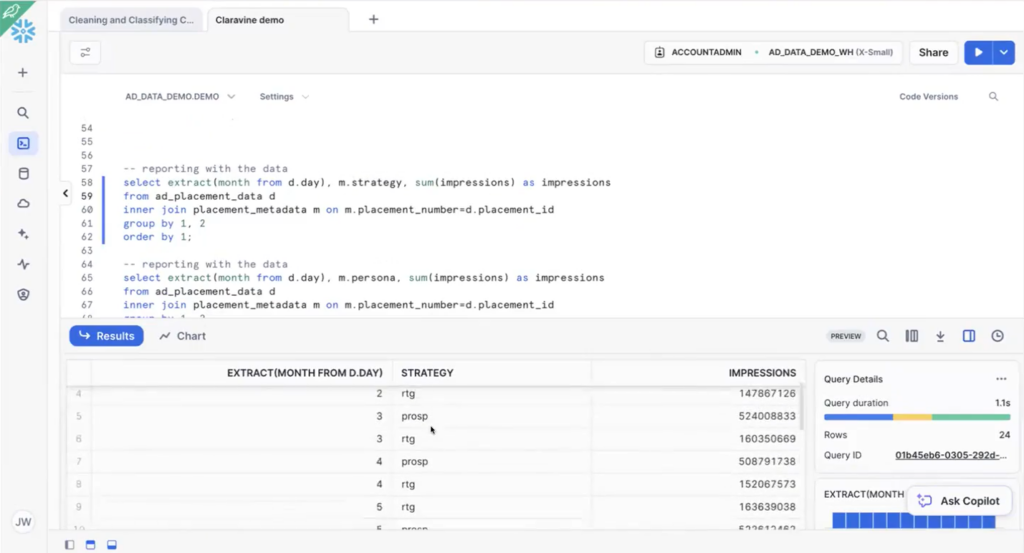Unlocking the Value of Standardized Data in the Snowflake Data Cloud
Now available: an outbound connector that sends standardized data directly to the Snowflake Data Cloud in one easy step. Data is standardized before being pushed into Snowflake ensuring that dimensional data is complete, correct, and easy to join with your other data for analysis and insights. Generate insightful reports and dashboards and make data-driven decisions faster and with more confidence.
 The Importance of Metadata in an Evolving Data Landscape
The Importance of Metadata in an Evolving Data Landscape
Digital marketing and data science teams are facing a rapidly shifting environment, from increasing privacy regulations to market fragmentation. Reaching the right consumer has become more complex and more siloed and we’re all seeing significant changes in how data is collected and used.
At the same time, generative AI is revolutionizing content production and tagging. However, while it’s making it easier to create and test assets, keeping track of thousands of products with multiple versions for different audiences can become unmanageable without a standardized approach.
And the content supply chain—from creative teams to operations and data analytics—is far from linear. Each organization has unique processes, tools, and requirements.
The Case for Standardized Data in Snowflake
This is where Claravine steps in to ensure data accuracy and consistency, helping teams avoid duplication and confusion by establishing data standards. We enable teams to have a shared understanding of their data, particularly within Snowflake.
Why is this so important? Because as digital marketing continues to change, marketers will continue to need to measure success. Here are a few examples of ways our platforms can help:
- Improve Marketing Metadata Capabilities: With a single source of truth for all metadata, minimize time and resources cleaning up data so data teams can spend more time on insights and results and less time fixing and re-processing data.
- Provide Snowflake Dimension Table Management: For customers building exception tables in Snowflake, Claravine provides a user interface for teams to manage this data.
- Enable Performance Measurement Across the Content Supply Chain: Connecting creative metadata from a DAM to media campaigns provides richer analytics in Snowflake.
- Migrate Systems: The process of transitioning from another system often involves centralizing and standardizing business rules. More easily manage and translate data with features like split and extract, reducing the complexity of switching while improving data consistency and quality.
- Prove Business Value of Marketing Campaigns: Gain campaign intelligence by breaking down data silos and unifying advertising and marketing data fast in a single, governed and scalable platform. Generate reports that provide insights across dimensions, ensuring that marketing investments are accurately tracked and optimized.
- Data Quality for AI and Personalization: Ensure clean and consistent data to improve AI-driven personalization and optimization.
Claravine & Snowflake In Action
At Claravine, we focus on eliminating drama in marketing data through data standards. This involves defining metadata, taxonomy, and naming conventions, ensuring consistency across all platforms. This standardization process not only improves data quality but also enhances collaboration across teams and systems, particularly when integrated with Snowflake.
If you’d like to watch a live demo, check out our webinar on this new connector.
The process begins with metadata management in Claravine’s platform, The Data Standard’s Cloud.
- Define Your Template: Define a template for media placement names, including necessary fields such as placement name, platform, and strategy. Configure drop-downs, text fields, and logic rules within the template to ensure data consistency.
- Import Data: Select and bring data – in this case placement names – into the template. You can split and extract data from your existing placement names, applying predefined rules to ensure it adheres to the template standards.
- Validate and Fix Data: Identify discrepancies and correct any errors before the data can be submitted. Ensure all fields are accurately filled out and validated according to the template.
- Submit Data to Snowflake: Configure outbound integration settings. Map fields from The Data Standards Cloud to Snowflake to ensure data flows correctly into the designated tables.

After data is received in the Snowflake Data Cloud, you can easily manage this data and join it with other data sets.
- Load Data into Snowflake: Load metadata into a table in Snowflake. You can rest assured that placement names, platforms, strategies, and other metadata fields are correct from the start.
- Integrate Performance Data: Load performance data (e.g., impressions, clicks, conversions) from various platforms into Snowflake. Join performance data with the metadata to create a unified dataset.
- Perform Your Analysis: Use SQL queries to analyze the unified data. For example, aggregate impressions by strategy across different channels. Create visualizations to display key metrics, such as impressions by persona over time.
- Measure & Optimize!

Start Simplifying Marketing Data Management
This connector streamlines the process of sending data to Snowflake, providing a systematic way to manage changes and ensuring that data is properly structured and standardized from the start.
By integrating Claravine with Snowflake, we are empowering teams to standardize their data, ensuring accuracy and consistency across all platforms. This not only enhances reporting and analysis but also opens the door to leveraging advanced AI and personalization technologies.
Streamline metadata management and power campaign intelligence – all with the outbound connector from The Data Standards Cloud to Snowflake.
Ready to learn more? Get in touch with our team or Learn more about our partnership.



